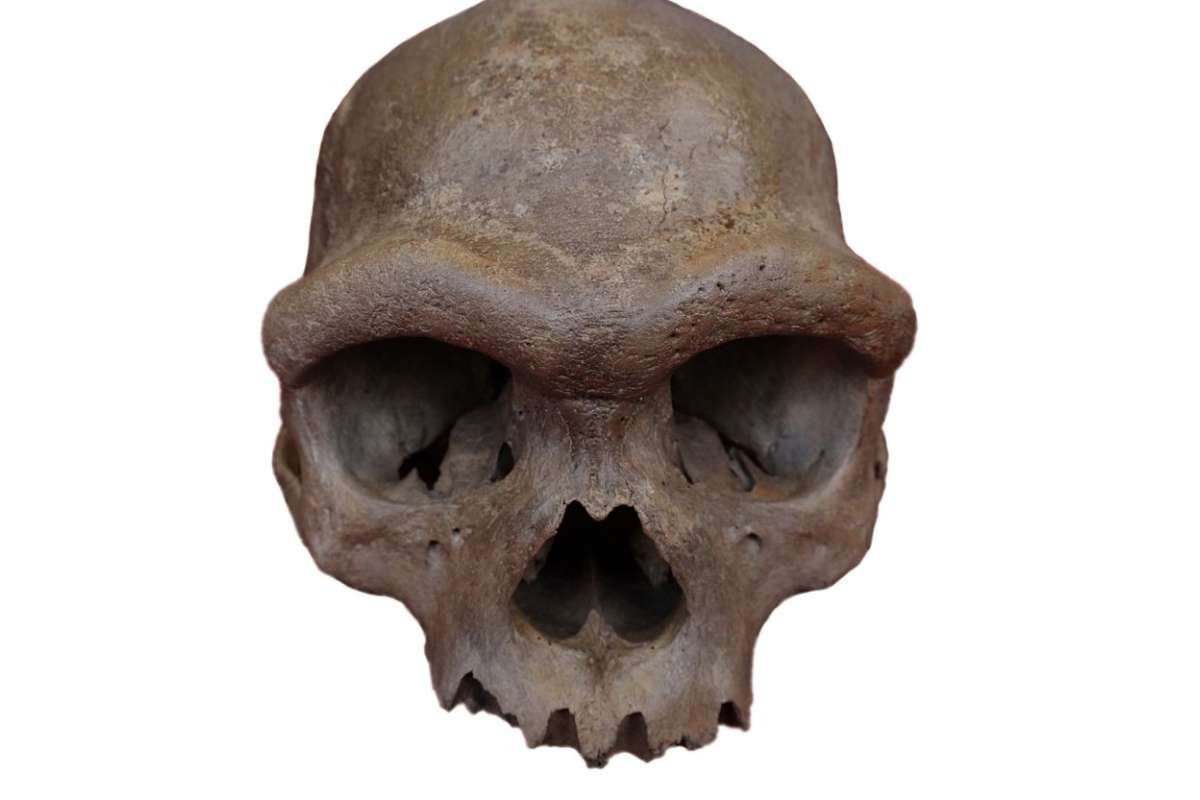Fossil Discovery Sheds Light on Denisovan Identity
A skull unearthed in northeastern China is offering groundbreaking insight into one of humanity’s most elusive ancient relatives—the Denisovans. The fossil, known as the “Dragon Man” skull, was first discovered in 1933 by a laborer in Harbin, Heilongjiang Province, and hidden in a well for safekeeping. It remained a secret for decades until resurfacing in 2018. Initially, the skull’s features did not match any known prehistoric human species. Researchers, intrigued by its unique shape and size, classified it as Homo longi in 2021.
However, a recent breakthrough in DNA recovery has dramatically shifted the conversation. After several failed attempts, scientists successfully extracted mitochondrial DNA from dental calculus (hardened plaque) on the fossil’s tooth. This analysis revealed a genetic link to Denisovans, a group of archaic humans previously known only from fragmentary fossils and genetic data. The finding could finally offer a face to a long-enigmatic species that lived alongside modern humans and Neanderthals.
Genetic Breakthrough Confirms Denisovan Connection
In two pivotal studies published on Wednesday in Cell and Science, researchers detail how the Dragon Man’s mitochondrial DNA and protein fragments resemble those found in known Denisovan specimens. Though mitochondrial DNA reveals only the maternal lineage, experts like Smithsonian paleoanthropologist Ryan McRae believe the skull is unlikely to belong to a hybrid and is more likely a full Denisovan.
Previous Denisovan fossils, such as a pinkie bone found in Siberia’s Denisova Cave in 2010, offered scant clues about the species’ appearance. Now, the Harbin skull’s robust features—thick brow ridges, a brain comparable in size to Homo sapiens and Neanderthals, and unusually large teeth—paint a fuller picture of what these ancient humans may have looked like.
Researchers emphasize the importance of the new findings. “This is the most complete Denisovan fossil we have,” said Chris Stringer of the Natural History Museum in London. Qiaomei Fu, the study’s lead author, highlighted the challenge of extracting DNA from fossils older than 100,000 years, noting that only four such sites globally have yielded ancient DNA. The successful use of dental calculus opens new avenues for studying other ancient remains.
Redefining an Ancient Human Lineage
The revelation that Dragon Man is likely Denisovan has sparked debate over naming conventions. Some scientists propose that the species be officially named Homo longi, given its link to the fossil found in Harbin. While the term “Denisovan” will likely remain in use, its informal status may shift as more molecular evidence emerges.
The discovery holds broader implications for understanding human evolution. Denisovans, along with Neanderthals, interbred with early Homo sapiens, and their DNA is still present in many modern humans today. With the Dragon Man skull now tied to Denisovans, scientists can better classify similar fossils across Asia and refine the evolutionary tree.
“Denisovans are still our more mysterious cousin,” said McRae, “just slightly less so than before.” As research continues, the Dragon Man skull stands as a remarkable key to unlocking one of prehistory’s most enduring puzzles.







